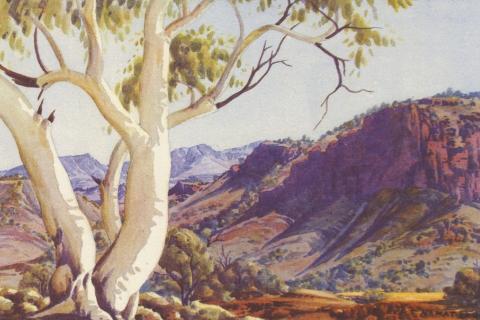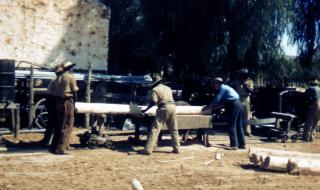
Skins, leather and industry at Hermannsburg
Pastor F.W Albrecht constantly sought to help make the mission financially independent. He experimented with ways to create employment opportunities for people at Hermannsburg. One of these enterprises was the tannery producing tanned skins, leather goods and kangaroo skin rugs.
Read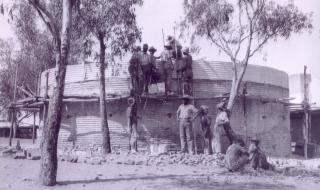
Kuprilya Springs Pipeline and Tank
By the time yet another long drought at Hermannsburg broke in December 1929, 85% of the children at the mission had died, many adults were left permanently weakened, 3,000 head of cattle and most of the horses had been lost. An ambitious plan was developed by Pastor F.W Albrecht to pipe water from Kuprilya Spring to the mission station.
Read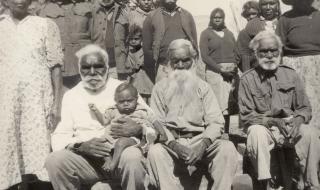
Moses Tjalkabota
The story of Moses Tjalkabota is fascinating. A strong and compelling orator, he embraced Christianity and European ways with enthusiasm and insisted that others should do so too. He repeatedly challenged the traditional Elders and their beliefs and in this, he was probably more influential than the white missionaries themselves.
Read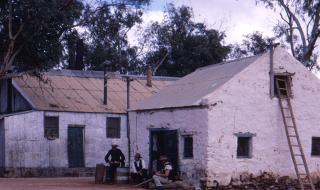
The bakehouse and dining room
Feeding the mission was always a challenge! The bakehouse, dining room was built during the period when Pastor F.W Albrecht was the chief missionary. It is currently the visitor centre.
Read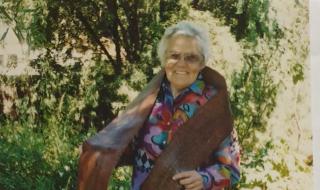
Carpet Snake Memories
Snakes are a fact of life in the Australian countryside but that doesn’t mean that you have to like them! The ‘little Helene’ in these anecdotes was the child of Freidrich Wilhelm and Minna Albrecht. These are her memories, as recounted to her niece Ruth. They provide a glimpse of family life on the mission at that time.
Read
The Albrecht years 1926-1952
Pastor Friedrich Wilhelm Albrecht and his wife Minna Maria Margaretha (nee Gevers) inherited the task of implementing Pastor Stolz plan to make the mission more financially independent. This was the time of assimilation polices in Australia and the focus was on equipping people for a modern world.
Read


